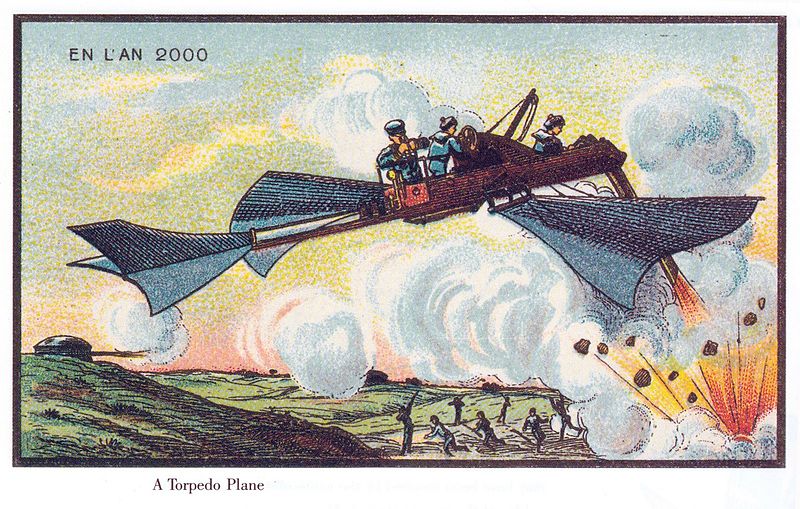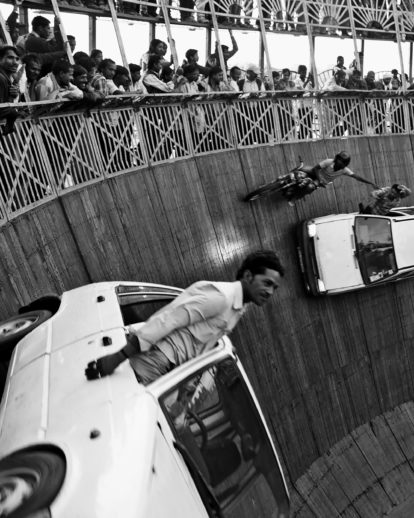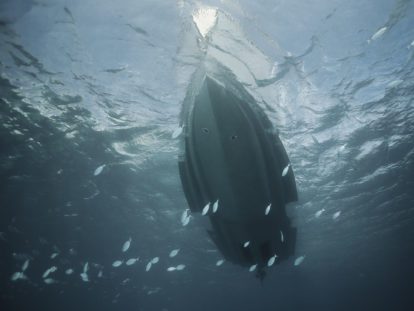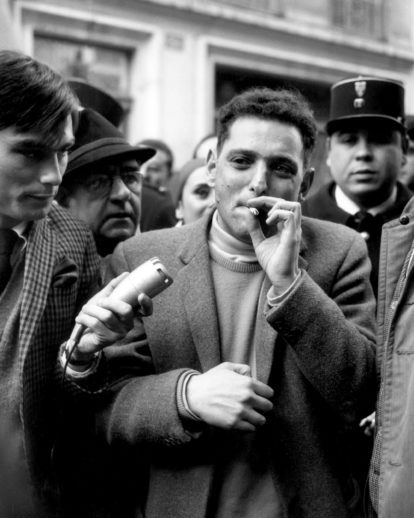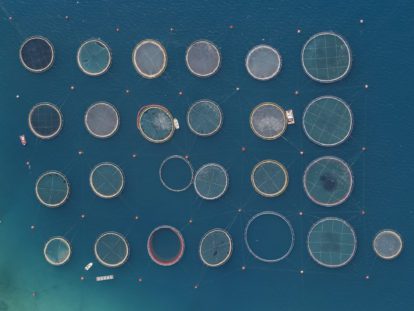Some artistic predictions of the future can seem uncannily prescient, others are doomed to end up looking dated. Yet there can be a certain charm even to those that miss the mark, and it would take a 3-D printed heart of stone not to be beguiled by these French illustrations, which predicted the year 2000 in 1900.

No one is precisely sure who commissioned artist Jean-Marc Côté to come up with his futuristic visions – though they were initially designed to fit into cigarette packets. The works were also displayed at the Exposition Universelle in Paris in 1900, but were then forgotten until science fiction writer Isaac Asimov chanced upon them, publishing them in his 1986 Futuredays: A Nineteenth Century Vision of the Year 2000.
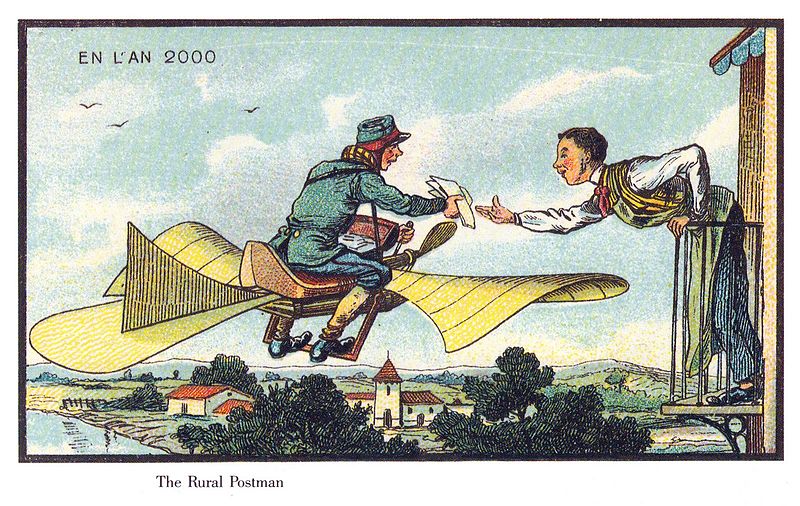
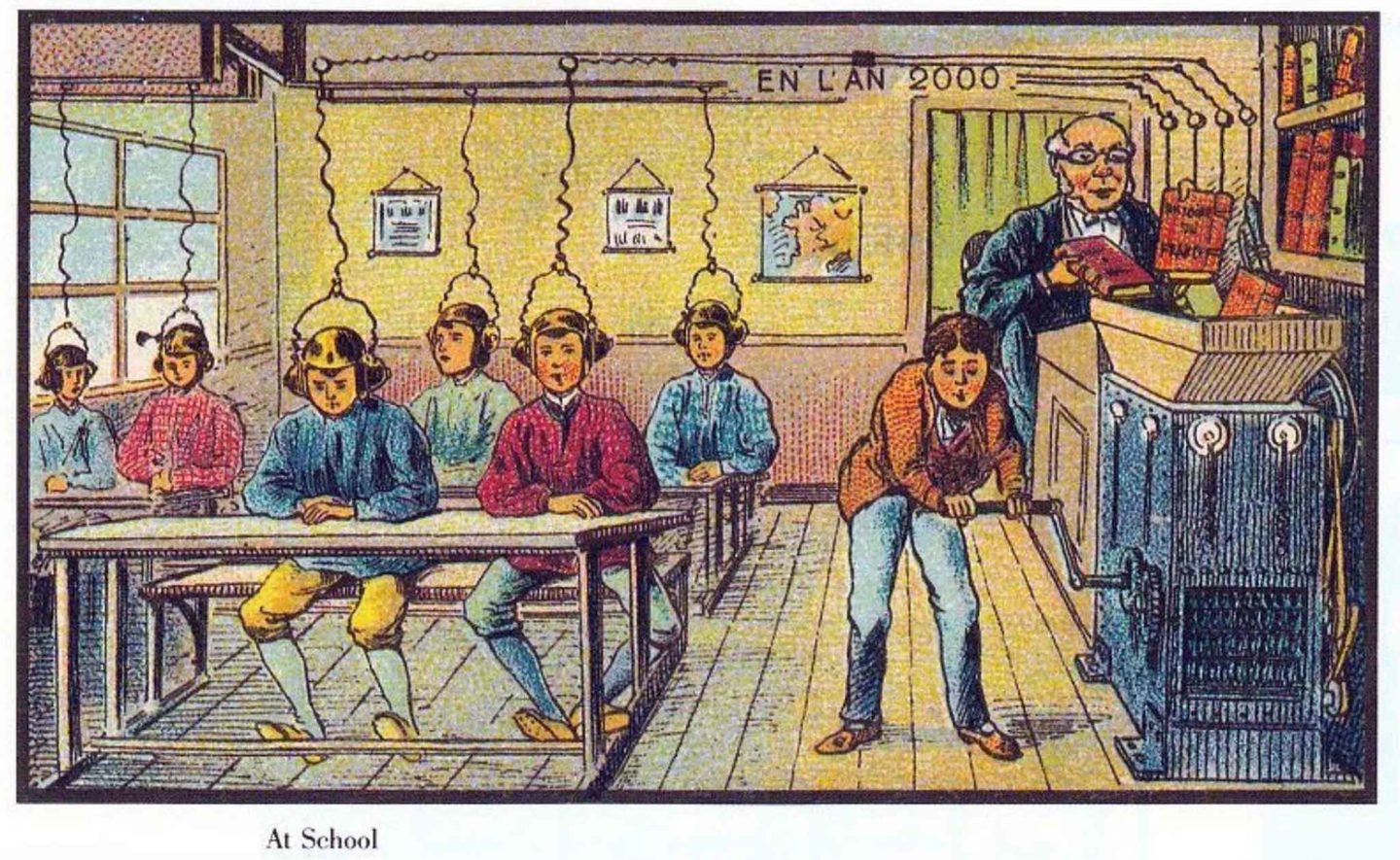
To the twenty-first century eye, it’s the absurdity that strikes first. Take the procession of ornithopter aero-cabs, or the boy rotating a handle so that a Heath-Robinsonian-device can transmit books directly into schoolboy brains. Yet look beyond the eccentric details and there are some arresting parallels – the airborne postman delivering a letter directly to a balcony surely shares his conceptual DNA with the Amazon drone.
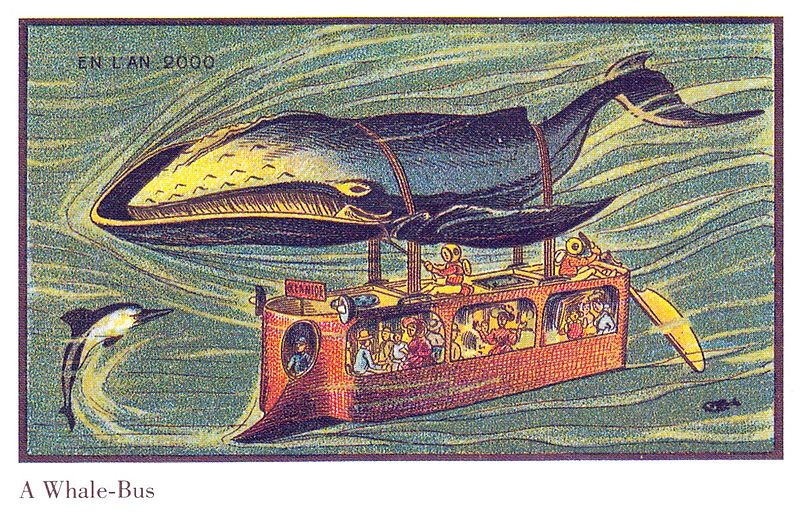
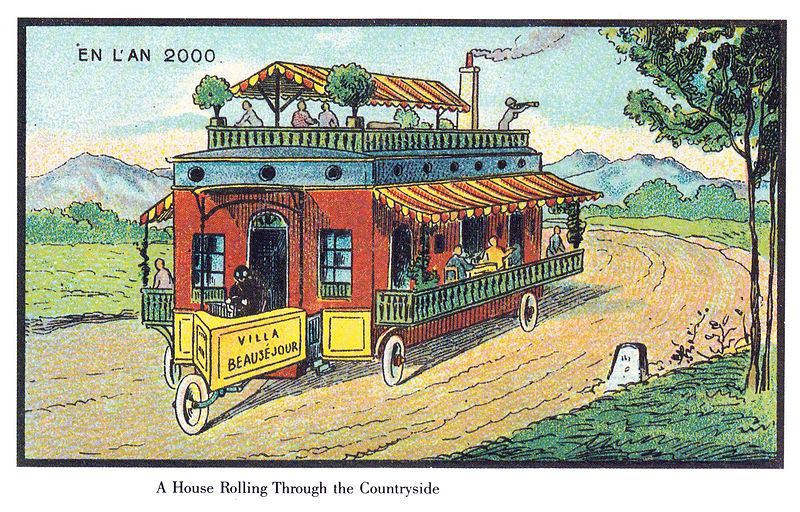
For all such charms, the final image brings the sobering reminder that even then, they could predict the deadly consequences of the industrialisation of warfare. It’s the only illustration that makes the Promethean link between technological advance and destruction, a warning that no matter how great the sum of human ingenuity, whether it is put to bad or good use is always down to chance.
